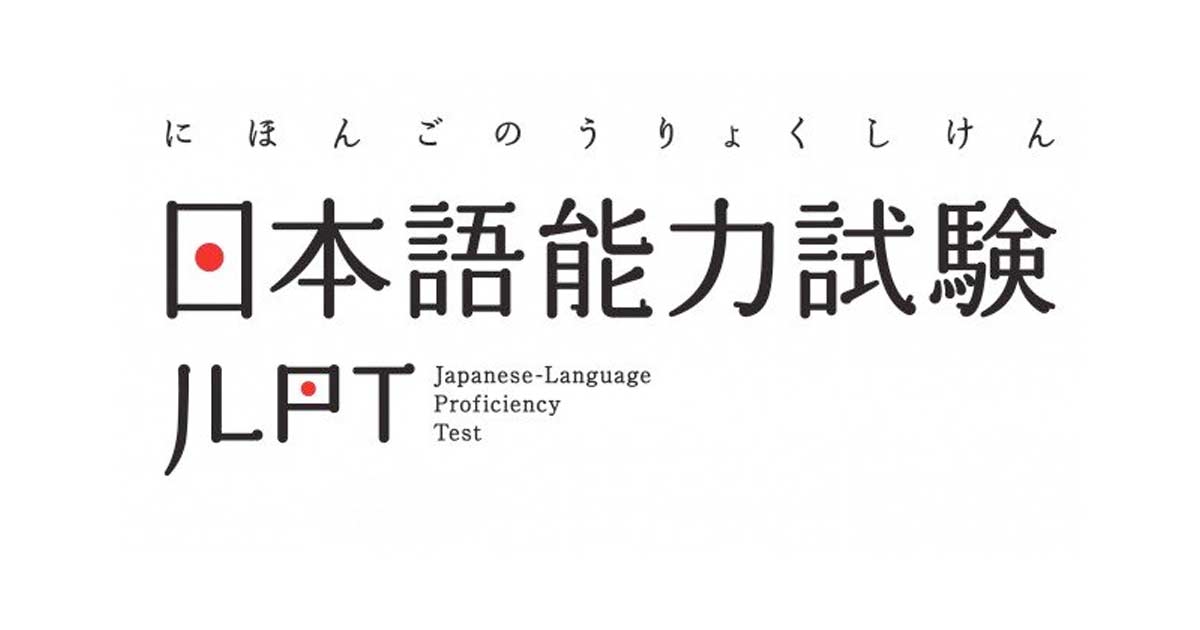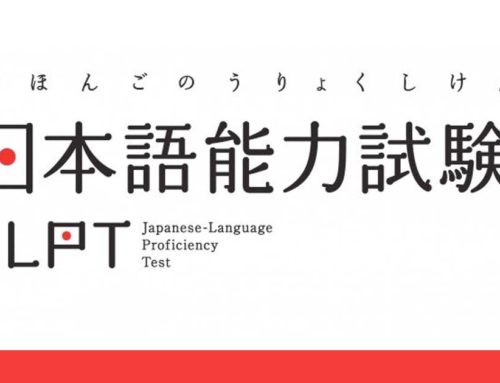The BJT (Business Japanese Proficiency Test) is a test to objectively measure and evaluate the ability to communicate in Japanese in a business environment. The BJT was launched in 1986 and is currently administered in Japan and other Asian countries such as China, Hong Kong, Korea, Vietnam, Thailand, and Indonesia.
The BJT (Business Japanese Proficiency Test) is attracting attention from many companies because it is said that the daily conversational level of Japanese is not good enough for business.
How is the JLPT (Japanese Language Proficiency Test) different?
The JLPT (Japanese Language Proficiency Test) and the BJT (Business Japanese Proficiency Test) each have their characteristics.
Unlike the JLPT, the BJT uses a uniform score system with no pass/fail. Unlike the JLPT, the BJT uses a uniform score system with no pass/fail, which means that there is no need to repeat each level of the test, allowing you to take the assessment in one sitting.

What is the level of the BJT (Business Japanese Proficiency Test)?
In the BJT (Business Japanese Proficiency Test), everyone takes the same test and is rated on a scale of 6, from J5 to J1+, according to their results. The lower the number, the higher the level. Let’s take a closer look at the approximate Business Japanese Proficiency for each level.
J1+(600~800 points)
Able to communicate adequately in any business environment. With both accurate knowledges of the Japanese language and appropriate choice of words, you will be able to carry out your duties smoothly. They have top-class skills in all aspects of Japanese, including speaking at meetings and negotiations, answering the phone, writing internal documents, and understanding business customs.
J1(530~599 points)
Able to communicate appropriately in business based on extensive knowledge of Japanese. However, compared to J1+, there are problems with some knowledge and word choice. However, you will be able to conduct meetings, business negotiations, and answer the phone without problems. You will also be able to choose appropriate words in interpersonal situations.
J2(420~529 points)
Able to communicate appropriately in business based on extensive knowledge of Japanese. However, compared to J1+, there are problems with some knowledge and word choice. However, you will be able to conduct meetings, business negotiations, and answer the phone without problems. You will also be able to choose appropriate words in interpersonal situations.
J3(320〜419 points)
Able to communicate in Japanese in a limited number of business situations. However, communication may be difficult in some situations due to problems with Japanese knowledge and language usage. Can understand simple business conversations and can perform tasks such as answering the phone and low-density communication without problems. Also has some understanding of business practices.
J4(200~319 points)
Able to communicate minimally in a limited number of business situations. Limited knowledge of Japanese and difficulty in using the language well. Communication is difficult, so support is essential. Can understand some business conversation if spoken slowly. Limited understanding of business customs.
J5 (0-199 points)
I can hardly communicate in Japanese in business situations. Even if I speak slowly, they can hardly understand me, which limits my work. Also, they do not understand Japanese business customs.

Test Details
Here is an introduction to the contents of the BJT (Business Japanese Proficiency Test).
(Reference: BJT Business Japanese Proficiency Test official website)
Item 1: Listening comprehension test
The first item on the BJT Business Japanese Proficiency Test is the listening comprehension test, which is divided into three sections: comprehension questions, reading comprehension questions, and general listening comprehension questions. The listening comprehension questions are divided into three sections: comprehension questions, reading comprehension questions, and general listening comprehension questions. (The sentences will be read aloud in order).
Item 2: “Listening and Reading Comprehension Test”
The second item, “Listening and Reading Comprehension Test,” is divided into three sections: “Understanding the Situation,” “Listening to the Material,” and “General Introduction.
In addition to pictures of the scene, audio of the discussion will be played. The test consists of three sections: Comprehension, Listening Comprehension, and General Introduction.
Item 3: “Reading Test.”
The third item is the Reading Test, which is divided into three sections: Vocabulary and Grammar, Expressions, and General Reading Comprehension. The test is made up of three sections. Vocabulary and Grammar, Expressive Reading Comprehension, and General Reading Comprehension. Since the test includes a variety of texts such as conversations and business documents, it is important to understand the meaning of the sentences before and after.

Take a full-scale lesson for the BJT (Business Japanese Proficiency Test)
F2L Academy offers a special curriculum that can be used in all kinds of business situations, including BJT-compliant lessons. From basic Japanese language skills, to how to work in a Japanese company, to communication skills for building relationships with other companies, students can acquire the skills necessary for doing business in Japan.
In addition to improving Japanese language skills, we offer an interactive educational system to enhance “basic working skills” and make highly skilled foreign personnel more capable.







Leave A Comment